Camera of the Year – Sony A7R II
This will come as a surprise to almost no one, as almost all media outlets have similarly crowned the A7R II, but it’s for very good reason: the A7R II is simply a stellar camera. The A7R II packs a 42 megapixel backside illuminated sensor into its modestly sized body, producing images with incredible detail, outstanding dynamic range and phenomenal high ISO performance. Then there’s the excellent in-body image stabilization, 399 phase detect autofocus points that can natively focus adapted lenses from other major manufacturers, built-in 4K video recording and a giant and clear viewfinder.
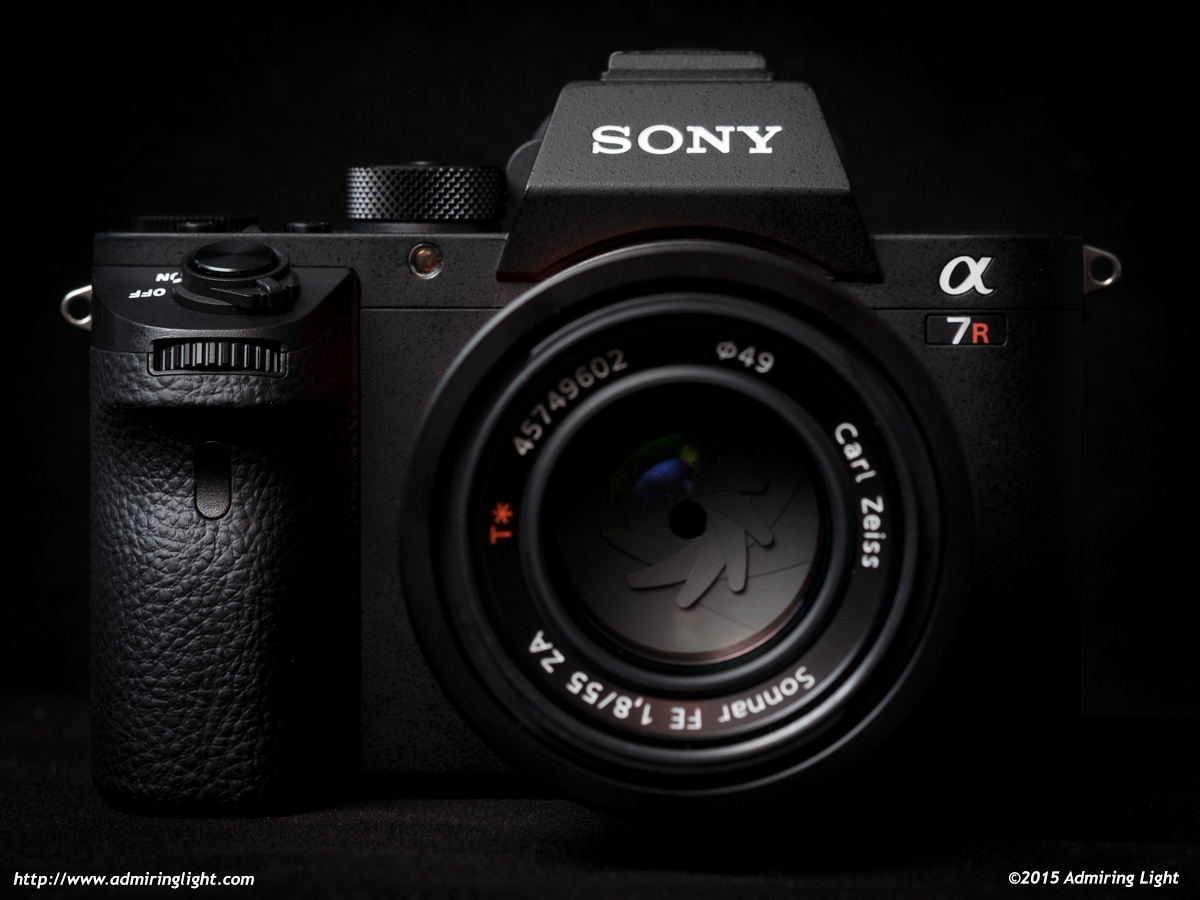
While not everyone will need the super-high megapixel count of the A7R II, the camera sets a new benchmark for overall image quality. DxO puts the sensor quality at the very top of its rankings for digital sensors. The array of features and usability improvements as well as robust construction (with a shutter rated for a half million actuations) make this the best camera of the year. The real question is: how is Sony going to top it? Check out my full review of the Sony A7R II here.
Honorable Mention – Olympus E-M5 Mark II
It was a close choice for this slot between the E-M5 Mark II and the Fuji X-T10, but I’ll give the edge to the E-M5 II. This revision to the original OM-D is built like a tank, with a super-solid construction with weather sealing and excellent tactile feedback on the chunky dials and firm buttons. Image quality is excellent and the unique high-resolution mode utilizes the refined in-body stabilizer to actually shift the sensor to create a true 64 megapixel RAW file. While this feature requires absolute stability and a stationary subject, when you do your job right, it churns out amazing ultra-high resolution images. The rest of the camera is typical OM-D, which is outstanding. It’s feature packed and allows for endless customization.
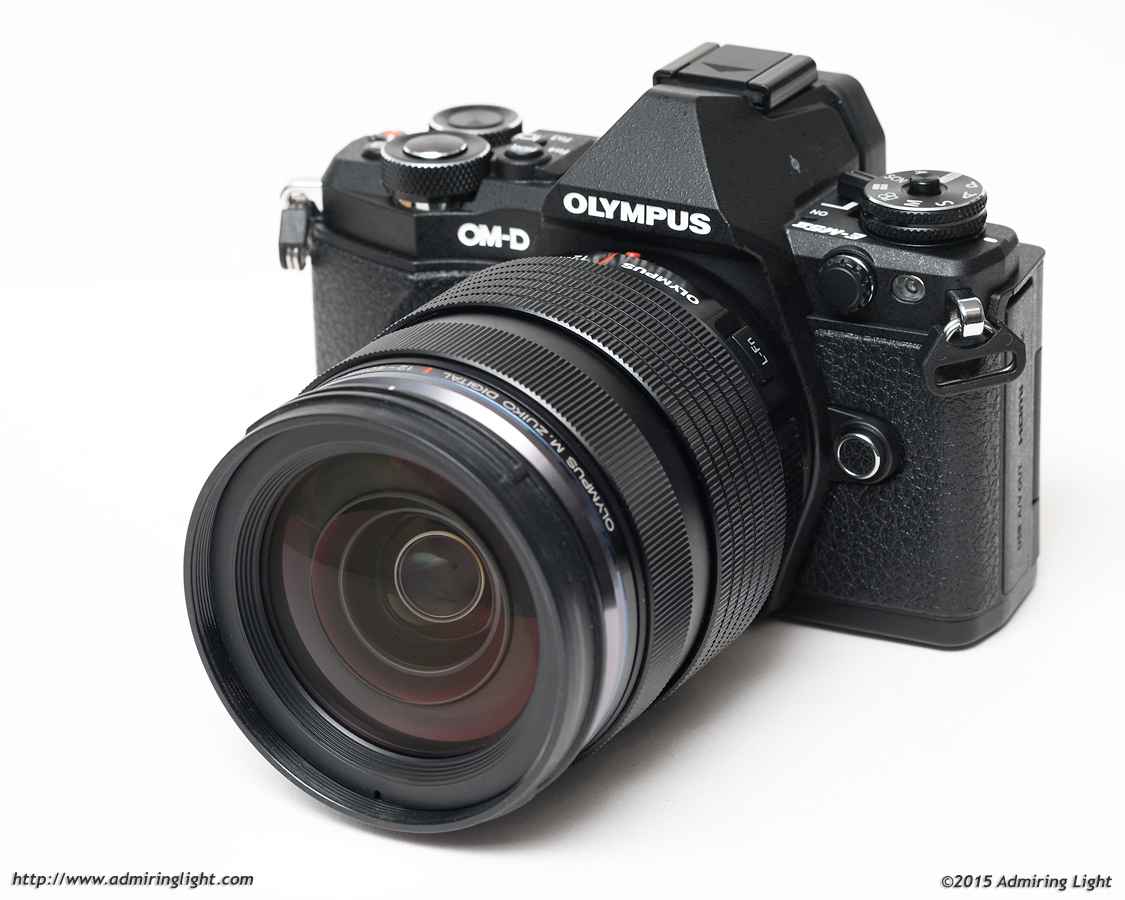
The E-M5 Mark II can’t shoot 4K video like the high-end Panasonic bodies, and it lacks the PDAF capabilities of the E-M1, but for general stills shooting, it’s the best Micro 4/3 camera around. Check out my full review of the Olympus OM-D E-M5 Mark II here.
Lens of the Year: Fujifilm Fujinon XF 90mm f/2 R WR
I’ve reviewed a lot of lenses this year, and a great many of them have been excellent, but the Fuji 90mm f/2 stands above the rest as the best lens of the year. Reviewing the 90mm f/2 was difficult not because it was hard to shoot with but because it was hard to find any flaws with the lens. It focuses quickly, is built beautifully, is pin sharp right from f/2 across the frame, has utterly phenomenal bokeh, no chromatic aberration, minimal vignetting, outstanding color and contrast and no distortion. It’s a truly phenomenal optic. The only thing that could be improved is the addition of a stabilizer. If you’re a Fuji shooter who likes this focal length, there is no choice to be made: get this lens. I’ve got plenty of image samples in my full review of the Fuji 90mm f/2 here.
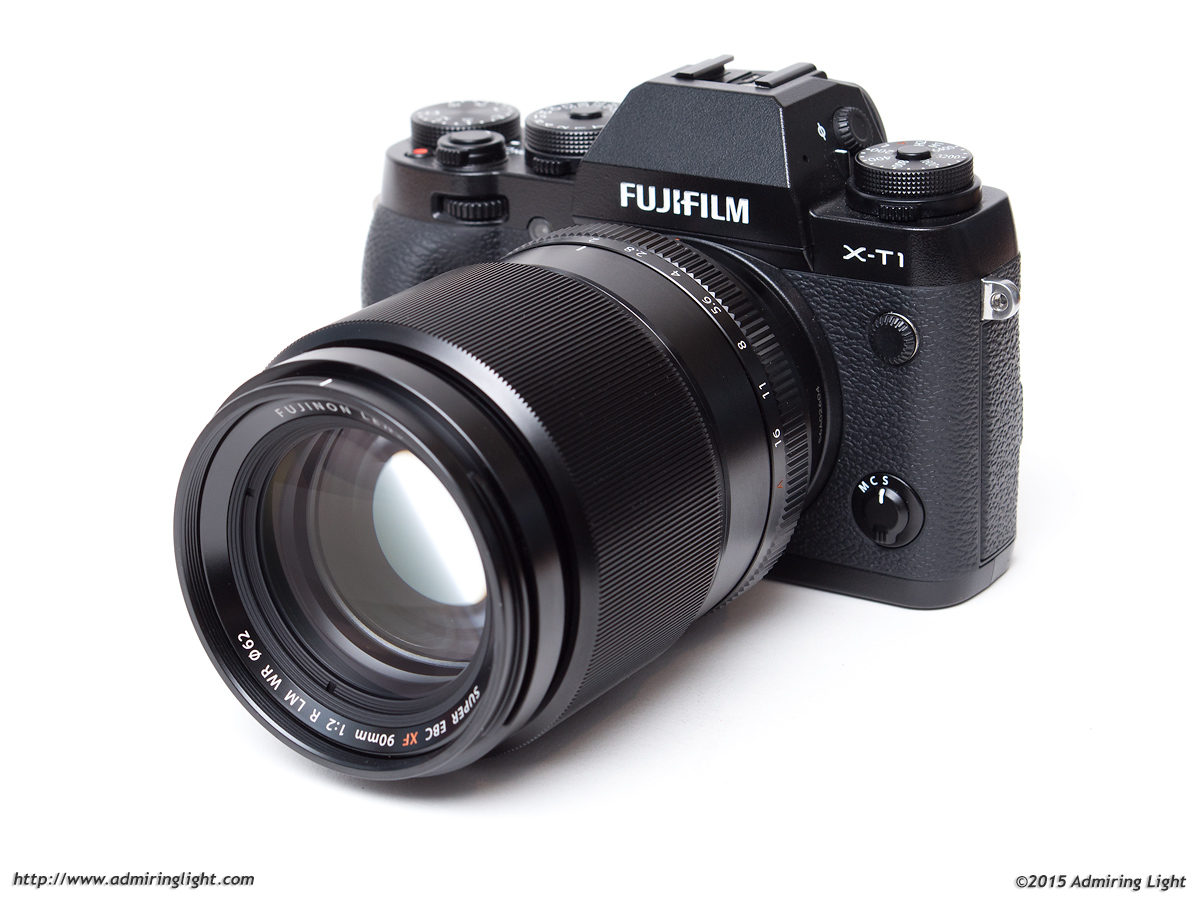
Honorable Mention: Zeiss Batis 85mm f/1.8 Sonnar T*
There were several worthy lenses released this year, but I feel the Zeiss Batis 85mm f/1.8 deserves special mention. The Sony FE lens lineup desperately needed a fast portrait prime, and Zeiss delivered a winner. The Batis 85mm is extremely sharp right from f/1.8, has that gorgeous Zeiss color and contrast, good (though not excellent) bokeh and a solid build with a unique digital focus scale that makes hyperfocal distance focusing extremely simple. It’s also optically stabilized.
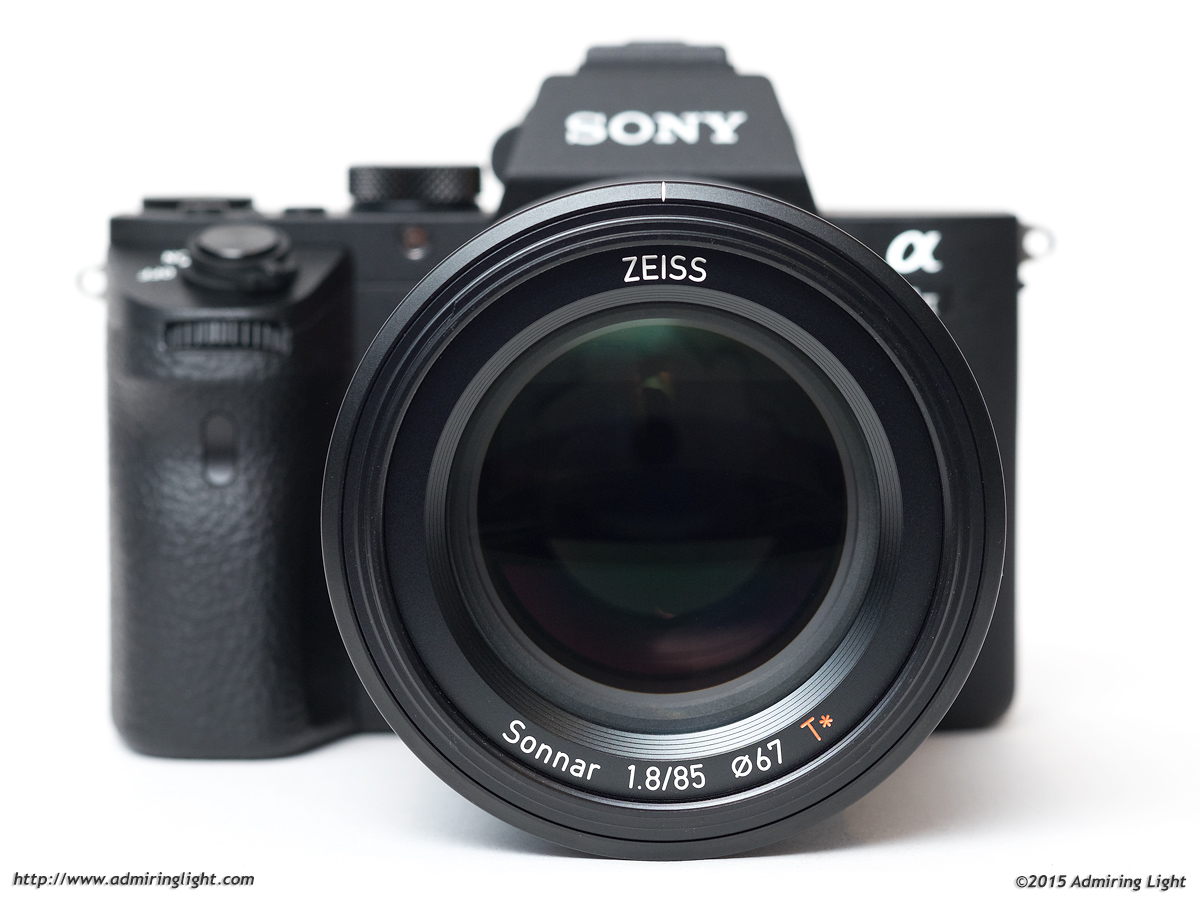
The Batis 85mm focuses quickly and is lighter than it looks given the fat size of the front barrel. It’s an expensive lens at $1199, but it’s stellar optical prowess makes for a wonderful addition to the Sony system. Zeiss has been doing great things with the E-mount with both the Batis and Loxia lines. Let’s hope it continues for a while! Check out my full review of the Zeiss Batis 85mm f/1.8 here.
So there you have it! Another great year. Before the end of the year, I’ll have my traditional favorite photos of the year post, and a look at the Panasonic 25mm f/1.7 should be up just after the first of the year. On my immediate review docket is the Panasonic GX8, the Zeiss Loxia 21mm f/2.8, (hopefully) the Fuji X-Pro 2 and the Olympus 8mm f/1.8 fisheye. Thanks for visiting the site and have a wonderful holiday season and happy 2016!

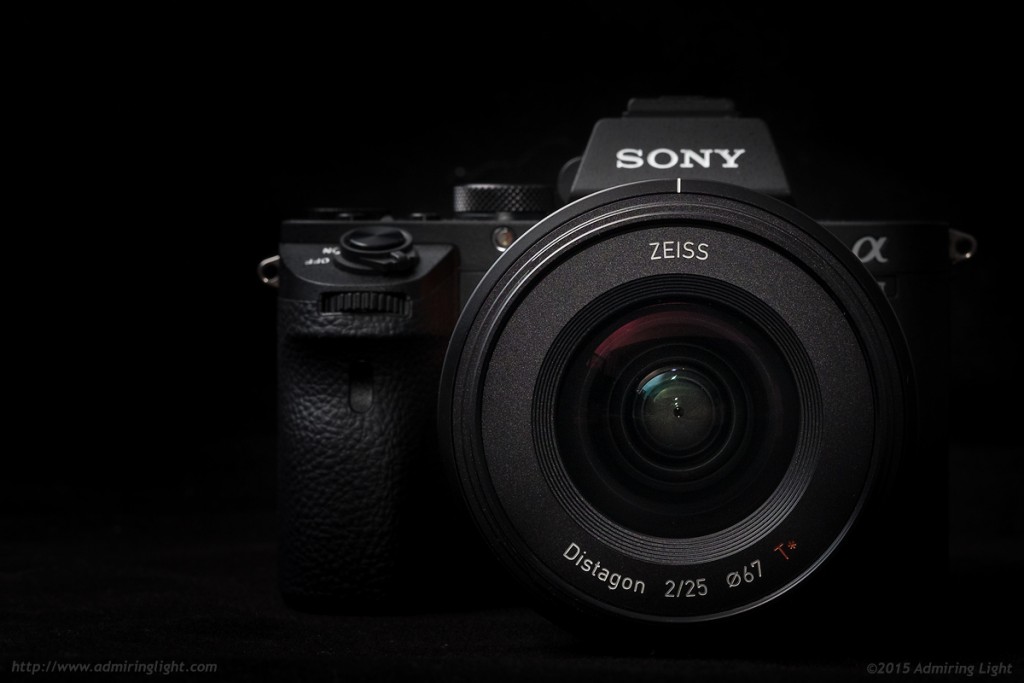



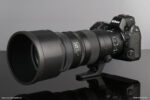
Leave a Reply